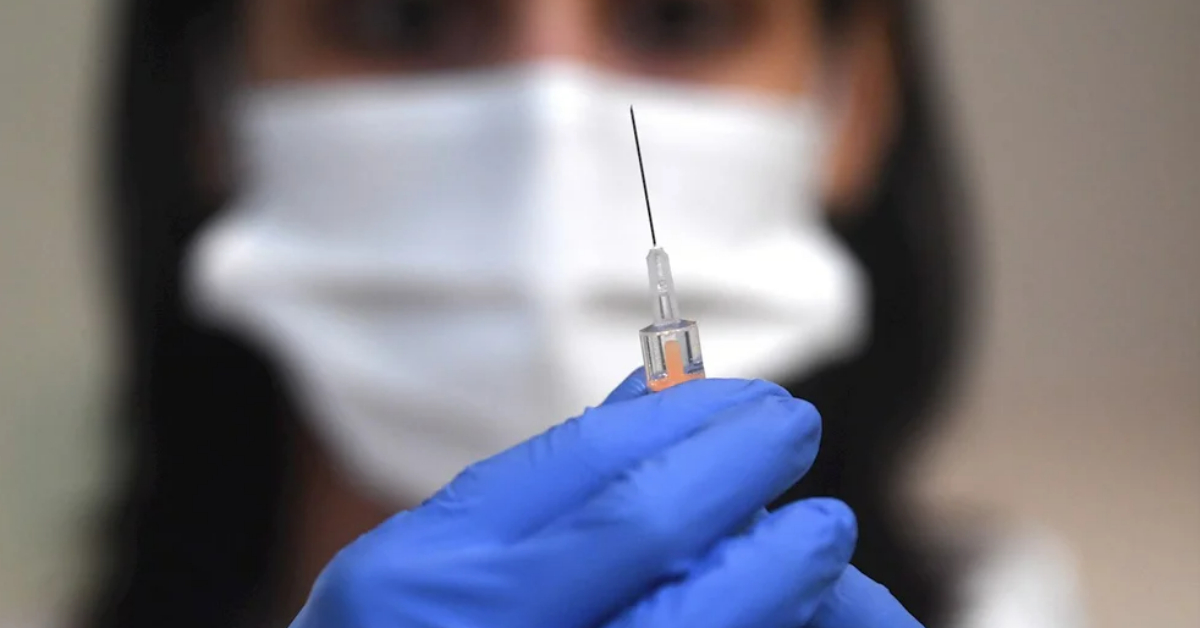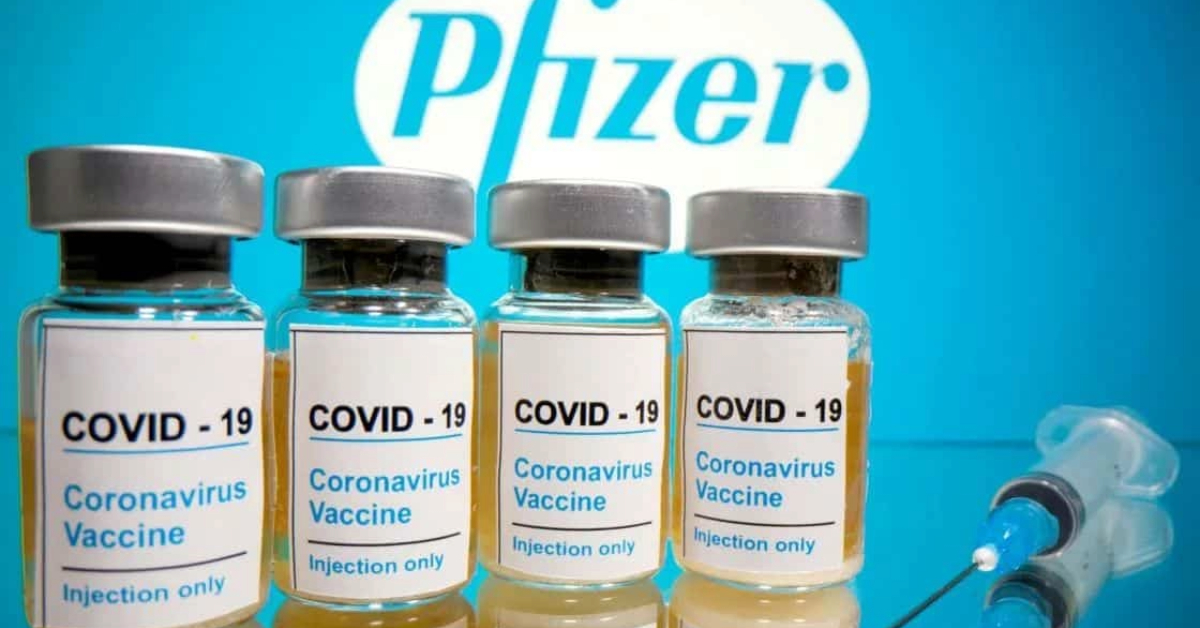The Jalisco Health Secretariat (SSJ) reported that, after several weeks in which the Federal Government did not send vaccines against COVID-19 to the State, a new batch of 741,760 doses arrived on Friday night, from Mexico City.
In a statement, the state agency said that it is the 39th delivery of vaccines that will be applied in the state. They detailed that of the total doses received, just over half a million are from the Modern Laboratory, they will be used for second doses, and 184,000 AstraZeneca vaccines, for first and second doses in . . .






